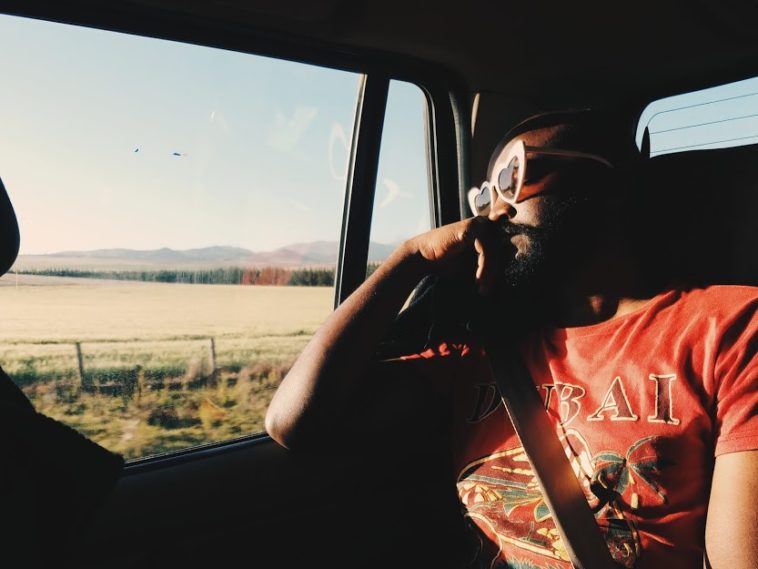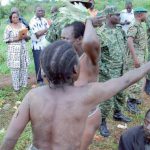From the first time I visited Nairobi in 2015, it’s always been at the back of my mind how Kenya is not user-friendly. For perspective, Nairobi has an alias of Nairobbery because of how high the crime rate is. Personally, I am more of #TeamNairobae and have thankfully never been a victim to the rougher side of the city. I have only good memories of the place but, still, I am always cautious when moving around.
Then Northern Kenya also had a reputation for being dry and existing in a constant state of conflict especially around the shared borders with Ethiopia, South Sudan, and Somalia. So whereas I was prepared for Nairobi, I was a little twitchy about Northern Kenya and what it held in store for us.
See, in 2017 I was ready to join Nkululeko on his Durban Shape Hub organized #OpenAfrica public road transport journey for the stretch from Kampala to Addis Ababa to the Shape Africa 2017 event in Addis Ababa. But we were advised not to travel that way because there were ongoing tribal fights around the border and our safety was not guaranteed. Nkukuleko ended up flying to Addis from Nairobi and I failed to make it to the event because going by air was beyond my budget capabilities.
You can, therefore, understand my foreboding for this stretch of the journey. Still, it was the only way we were going to get into Ethiopia, which would be the first country I’d visited outside the core East African countries.
After a hectic week in Nairobi fundraising, collaborating with artists to create art on the topic of the environment and then presenting our collaborations to a filled out National Theatre, we left Karen Village, which had graciously hosted us during our stay in Kenya’s capital, and set off for Ethiopia.
But before we could leave Nairobi, we decided to have a quick tour of the Nairobi National Park which sits right next to the capital city and is home to a varied species of wild animals. Considering the topic of choice for artistic collaborations in Nairobi had been the environment, it’s good to see that this park has been maintained and the animals and city residents are able to coexist side by side. Granted there have been a couple of incidences where animals have crossed into the city and in the process traumatized a bunch of the residents that stay closest to the park, it’s still pretty impressive that the park is still there 73 years after it was gazetted in 1946.
View this post on Instagram
We used a sizeable part of the day taking in the sights of the park and trying to get pictures of the shy animals so a drive straight to the border that day was ruled out. Keith of the Theater Company of Kenya who opened his home in Karichota to us during the Christmas and New Years season once again came through for us and allowed us to use his residence as a stopover for the night. Besides, we’d left after our previous without planting a tree, a sacred tradition for Karichota visitors, and this presented an opportunity to make good on that.
View this post on Instagram
Even though Keith wasn’t there to welcome us back, he had sent word to Jane, the exuberant chef, that we would be dropping by. We reached and found when she had prepared for us supper and some snacks to carry along with us the following day. I don’t remember if the snacks survived through the night though. We were like animals when we encountered good food due to how basic most of our meals were. And Janes food was definitely among the best we ate during the trip. After making sure we were settled in properly, Jane said her farewells and went on to spread her happiness elsewhere. We wouldn’t be able to see her in the morning because the plan was to set off really early and she wouldn’t have checked in for work yet. We settled in various parts of the residence and dozed off for the night.
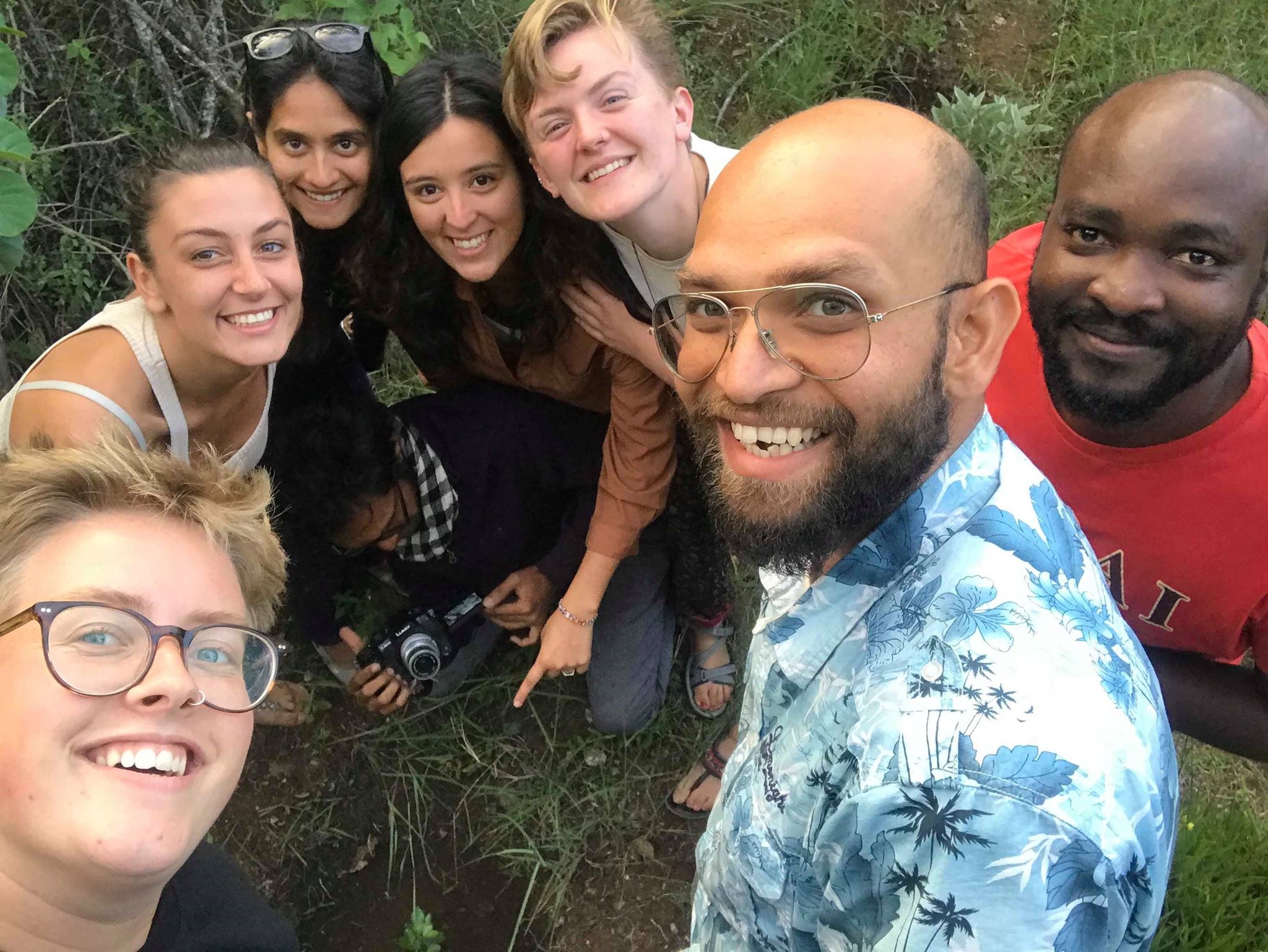
Early in the morning, we hit the road refreshed and confident everything was in order and made our way to Moyale, the border town shared by Kenya and Ethiopia. As we went further north the lush green landscapes of central Kenya gave way to aridity and scattered vegetation. What excited me the most about this stretch was the number of camels we passed. Considering how riding a camel is considered a treat in Uganda, it was great to see them by the dozens being led in single file to oba where. I was also pleased with how smooth the drive was because this stretch of road was recently tarmaced. The bad state of the road was another factor that had discouraged me from attempting this route in the past. Our only major stop was in a small town where we grabbed some ‘brunch’ before continuing our journey.
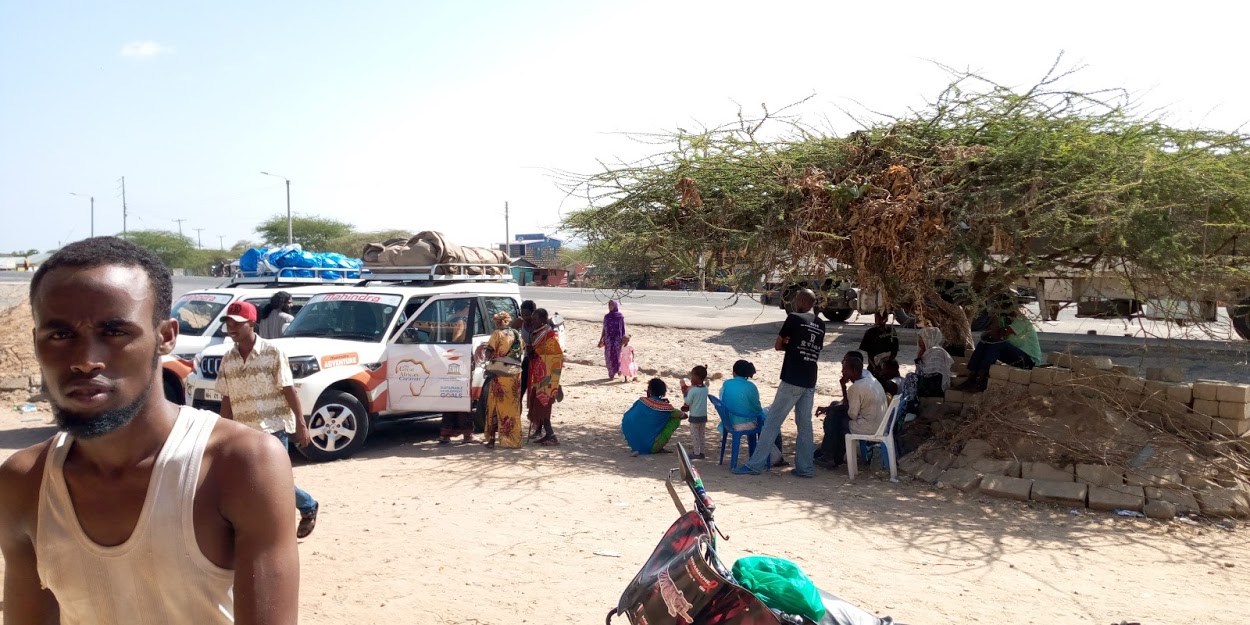
When we were in Masabiti, halfway to the border, I was informed that my yellow fever card had been discovered back in Karichota. Dang! In my cleverness, I had decided to take advantage of the photocopying machine there to scan my passport and also make copies for future visa application purposes. Now, I usually leave my yellow fever card inside my passport because the only time I ever have to show it is when crossing borders so this habit prevents me from forgetting it home when I’m traveling. But to photocopy the passport, I had to remove the yellow fever card and my balding mind forgot to put it back in when I was done and left it on Keith’s work desk. *facepalm.
I did the math and realized I wouldn’t be able to go back, pick it and catch up with the rest of the caravan in time to cross the border. We’d been driving for 6 hours already and it was now 12 noon. I chatted with Keith and he gave me the contact of Lawrence, one of the staff at Karichota, who agreed to put it on a bus to Masabiti for me. Progress was being made.
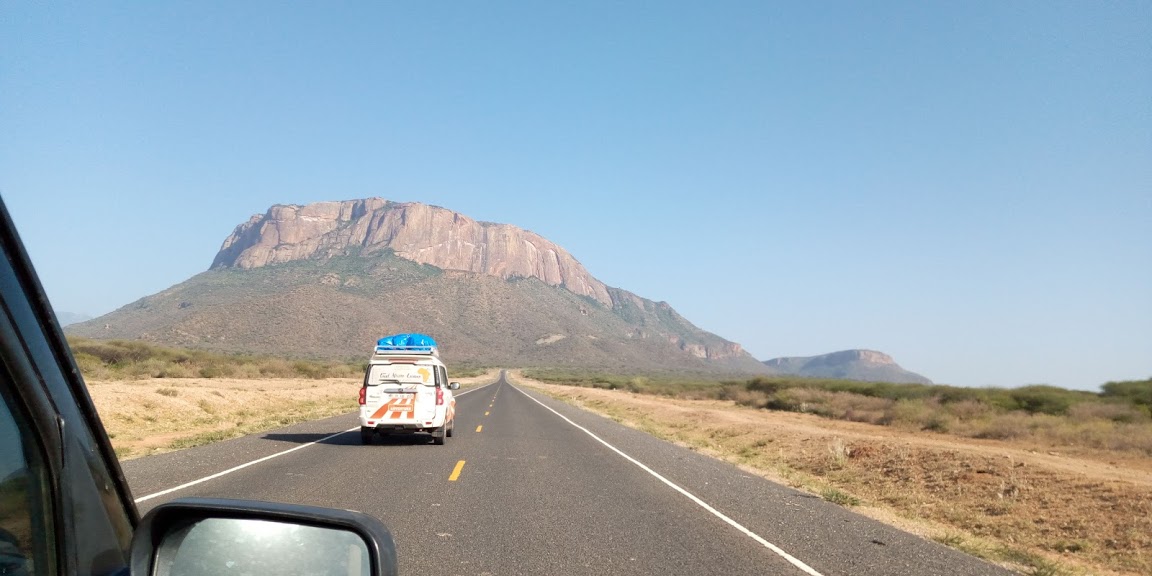
Our car had stopped near Zeemax Petrol Station in Masabiti as I evaluated my options so I decided to consult with the pump attendants there on the possibilities of using public transport to have the card delivered to me at the border. The first person I talked to was called Hassan and, thankfully, he spoke English. I really need to work on my Swahili. Hassan advised that there were buses that went all the way from Karichota to Moyale but they delayed in Masabiti so the card would reach me way past the time we intended to cross the border. My best alternative was to wait for the card in Masabiti and then get the next immediate PSV to Moyale with it. But that would mean waiting an extra 6 hours in Masabiti and then traveling through the night to Moyale. The money I had left on me also wasn’t sufficient to take me to Moyale using public means and I couldn’t touch caravan money because it was little enough as it stood and this mishap was mine to carry.
The money I had though was enough to send a card sized package on a bus to Moyale so I convinced Hassan to help me transfer it to a Moyale bound bus once it was in Masabiti and share with me the contacts of the driver so I could pick it once it had reached the border. By his estimate, it’d be there at around midnight so I’d have to stay awake and wait for it. It was not the most desirable option but it was the best I had all things considered. I handed him all the money I had, which was just enough to pay for the delivery of the card and his transport to the bus park, and we continued our drive to Moyale.
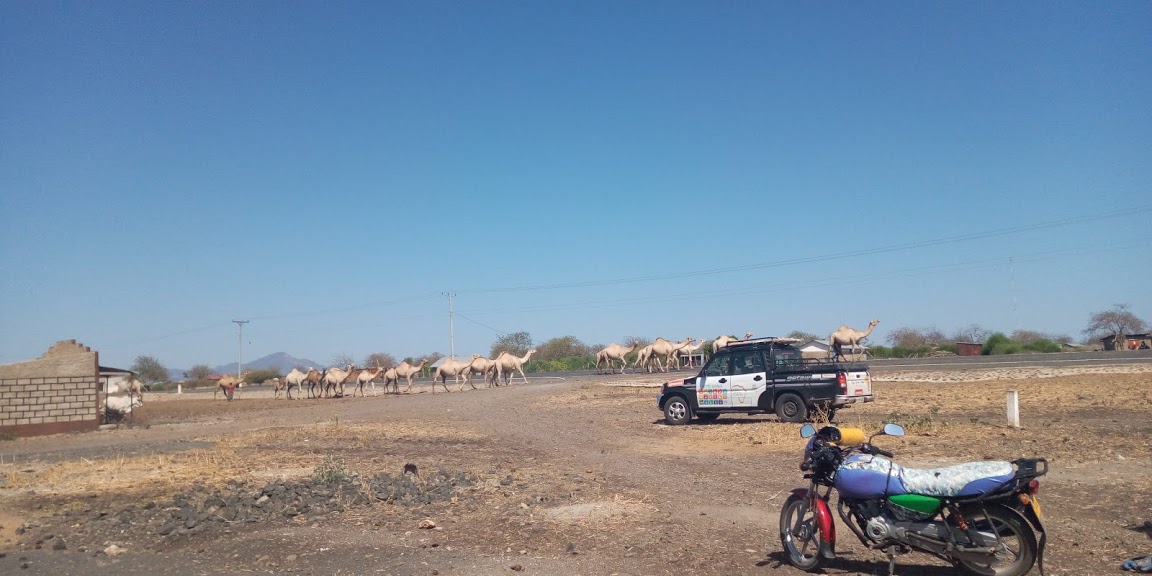
It was during this stretch of the journey that marked the beginning of our mechanical problems with the black car, which I was in, developing power and accelerating issues. We soldiered on slowly on towards Moyale where we’d planned to set up camp for the night so we could early bird the border and start the process of clearing early enough and then make our way to Shashamane in Ethiopia which was our next programmed stop.
The security fears I’d had about Northern Kenya came to haunt us in Moyale and everyone we talked to advised us against camping in the town. It wasn’t safe. We had no money to get rooms at a hotel/lodge however cheap so we backtracked a little to Holale bridge which was a few kilometers from Moyale and looked for a camping spot in the nearby bushes. Tasks for the night were assigned and the cooking team began setting up a fire while the camping team started setting up the tents.
Whereas I was looking forward to my first camping experience of the caravan, I was still very skeptical of this arrangement. First, we were near the roadside and our search for a camping spot had drawn plenty of attention from the passersby and a group of men that were fetching water from the stream under Holale bridge. Secondly, a conversation with one of the gentlemen fetching water under the bridge hadn’t left me feeling comfortable about our chosen spot. He’d advised against it saying there was a high chance we might be robbed.
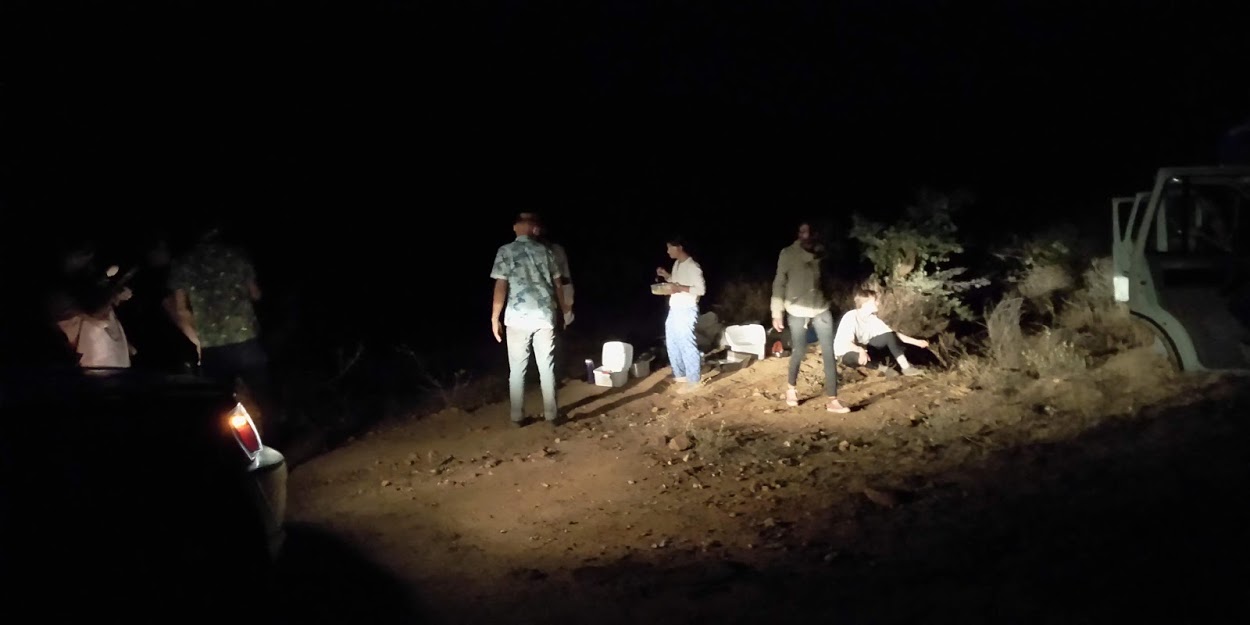
With all that in mind, I informed the team that I was going to knock at the doors of the structures in the neighborhood and ask them if we could camp within the safety of their fences just for one night. Together with Achieng, the freshest member of the caravan who’d joined us after collaborating with the musicians in Nairobi, we set off looking for a good samaritan. Our first stop was what looked like a parking yard where we found a security guard. Achieng spoke the Swahili with him and explained our situation. He seemed willing but his shift was ending soon and he had a boss to report to so he couldn’t exactly just let us in. We talked to the boss on the phone and he asked us to wait for the next guard to report for duty before making a decision.
As we waited for the next guard to come, we decided to knock on other doors and see if we’d have better luck there. The next gate we landed on happened to be a new resort, Holale Resort. At the reception, we explained our situation and the manager, a one Ibrahim, was summoned to deal with us. After listening to our problems, he went into his office to consult with the resort owner over the phone and returned to tell us we could camp inside the grounds for free. They even allowed us to connect to their wireless. Yay!

I returned to the camping site to mobilize the rest of the caravan for the move but when I reached there, food was almost ready so we ate first, put out the fire and then made our way to the resort. As the rest set up their tents, I, who had no tent and was sleeping in one of the cars, went back to chat with Ibrahim and thank him again for his kindness. We talked about the politics of the area, plans for the resort which had recently been opened to tap into the expected rise in travelers now that the road was good, his former life as a tour guide in those huge trucks that ferry tourists across different African countries, and his family back in Nairobi that he only got to see every three months when he got leave.
Somewhere during the conversation, my yellow fever card issue came up and Ibrahim took over the situation likehe’d bought shares in problem. The card hadn’t yet reached Masabiti and Ibrahim kept checking with Hassan till the matatu that had it reached Masabiti. This was around 10.30 pm. By this time Ibrahim’s shift had ended and he’d gone home but he continued coordinating with Hassan back in Masabiti to transfer the card to a Moyale bus. Around 11 pm, Ibrahim sent me the last update that the card was now on a Moyale bound bus. We wished each other a good night and dozed off.
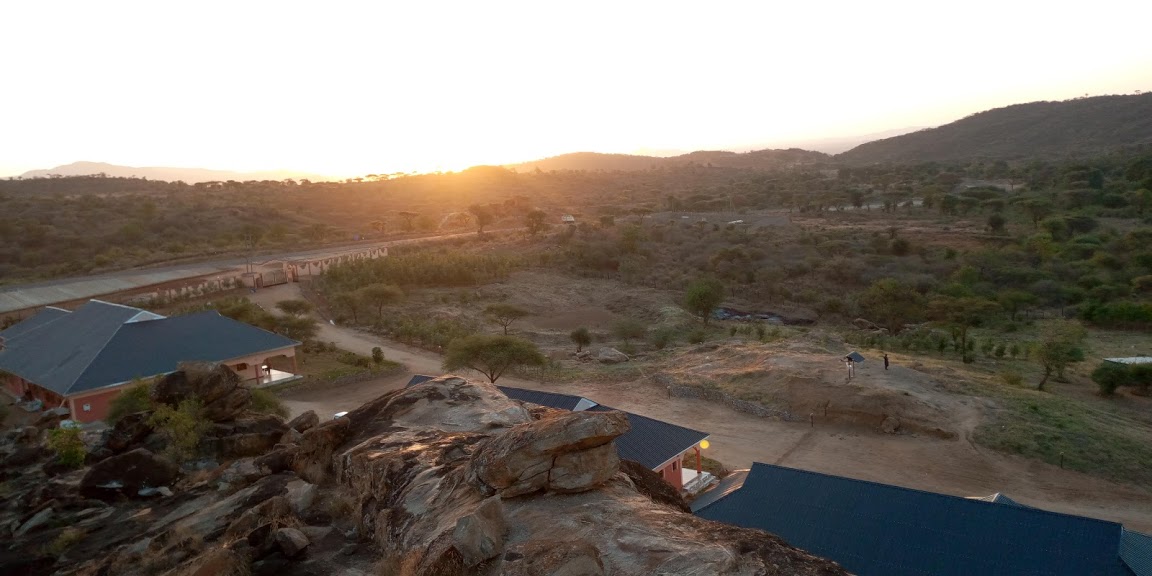
Early in the morning, we were woken up by the sound of donkeys running by the fence near our campsite on the way to fetch water at a nearby well. Ibrahim dropped by shortly after to check that we’d had a good night and I went with him back to the facility so he could show me where to charge my gadgets. One of the main features of the resort is a huge rock right behind it which we climbed and caught the sunrise from there. He informed me the resort intends to put a chilling spot up there in the future. With the views I enjoyed from up there, this is a brilliant idea.

Back at the camping spot, everyone else was awake, packed up and ready to go. We said our goodbyes to the resort and set off for the border with Ibrahim in tow on his motorcycle. When we reached Moyale, he took me to the office of the bus that was coming with my card and I sat to wait. The rest of the caravan entered the border premises to start the process of crossing and Ibrahim returned to the resort.

After about an hour, the first bus arrived and my card wasn’t on it. Eh! Phonecalls were made and it was determined that it had been put on the second bus which was due to arrive in like two hours time. They didn’t sound very sure though. I went to update the rest of the caravan and found they had all finished processing their exit from the Kenyan side and were (im)patiently waiting for me. We had a leave no man behind policy so come rain or shine we were sticking together.
We discussed my options for a minute and decided we’d try and get me into Ethiopia without a yellow fever card to avoid further delays. We still had to get the black car fixed on the Ethiopian side and then make our way to Shashamane so waiting for another 2 hours was a luxury we couldn’t afford. If I managed to get across, I could have the card mailed or sent by bus to me in Addis Ababa so I could avoid paying for another shot. Money had to be saved by all means possible.
After exiting the Kenyan side, I approached the Ethiopian border authorities with trepidation, a picture of my card on my phone and my best bargaining face. The Ethiopians were not convinced my pleading so Helene decided to give it a go and thanks to her charm they let me through. Phewx.
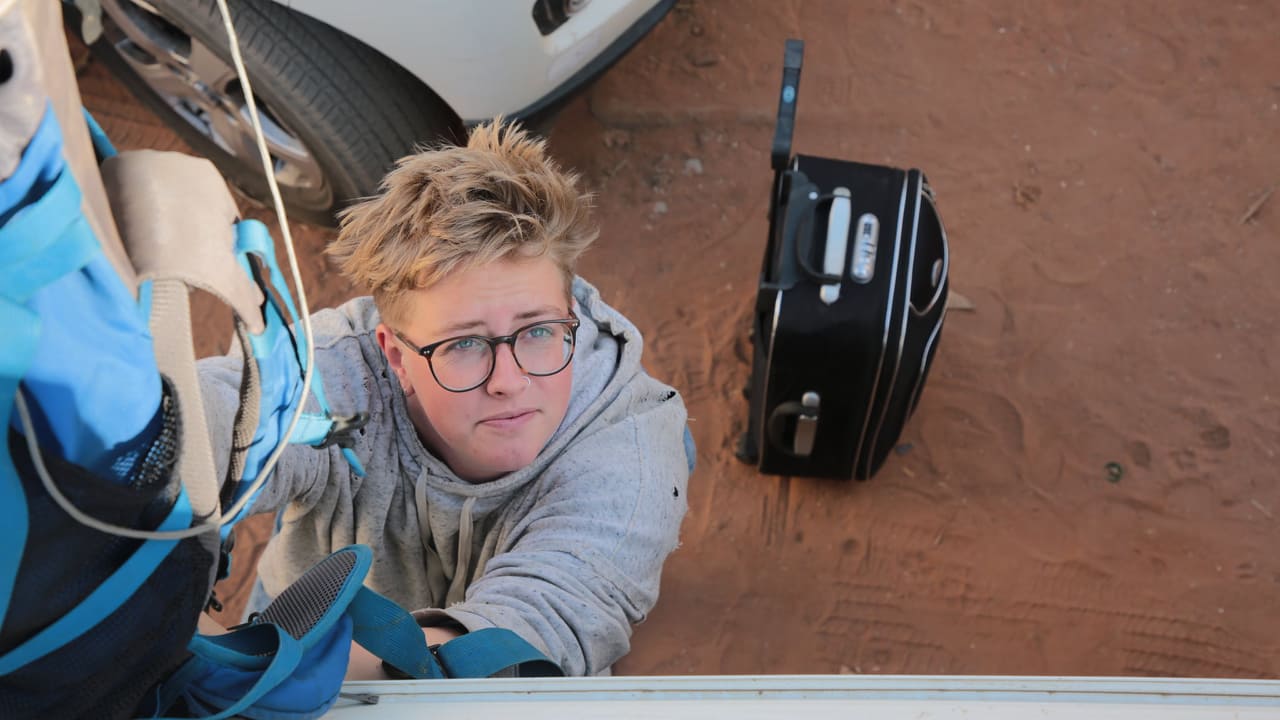
2 hours later and we were still within the immigration premises trying to clear the cars so I decided to check if I could make it back to the Kenyan side to see if my card had arrived. The issue was my passport now had an Ethiopian entry stamp and going back would mean getting an exit stamp and then I’d have to pay for another visa to get into Ethiopia again. We didn’t have $50 to waste like that.
I went back to the Ethiopian authorities and explained to them my predicament. This time, they were more understanding and allowed me back into Kenya without having to put an exit stamp. The Kenyan side was smoother because I don’t need a visa to enter as an East African and as long as the Ethiopians were cool, they were also cool with my little mission.
Thankfully, the second bus had arrived at the office and was actually carrying my card. Hallelujah! Fun fact, while waiting for the first bus to arrive, I’d plugged my phone in to charge and had somehow managed to forget the charger in the office when I went to inform the team that the bus didn’t have my card. When I returned and found the card, I also found my charger still in their extension and went with it this time. Double Hallelujah. This forgetfulness will be the death of me.
I updated all the concerned parties from Nairobi, Karichota, Masabit to Moyale and crossed the border again with a skip in my step. On the Ethiopian side, vehicle processing was done and I joined the group at a restaurant within the premises to get our first taste of Ethiopian coffee and Injera.
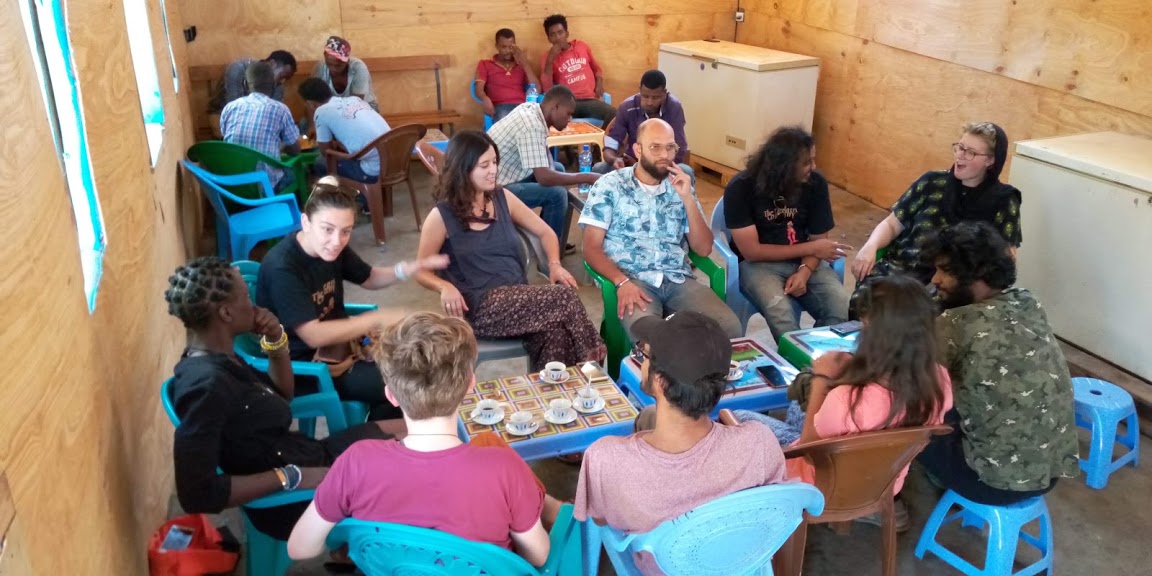
This post was created with our nice and easy submission form. Create your post!


